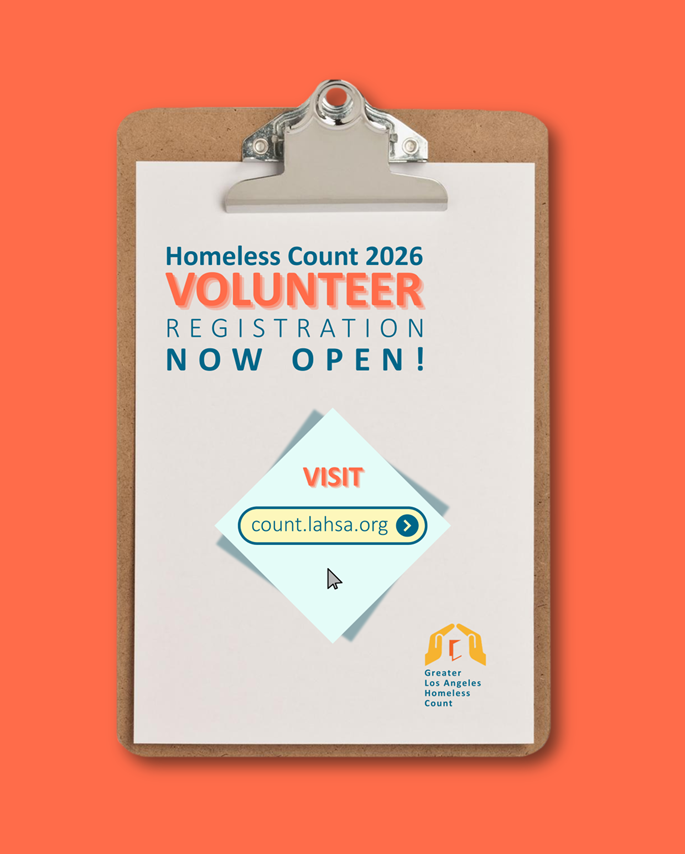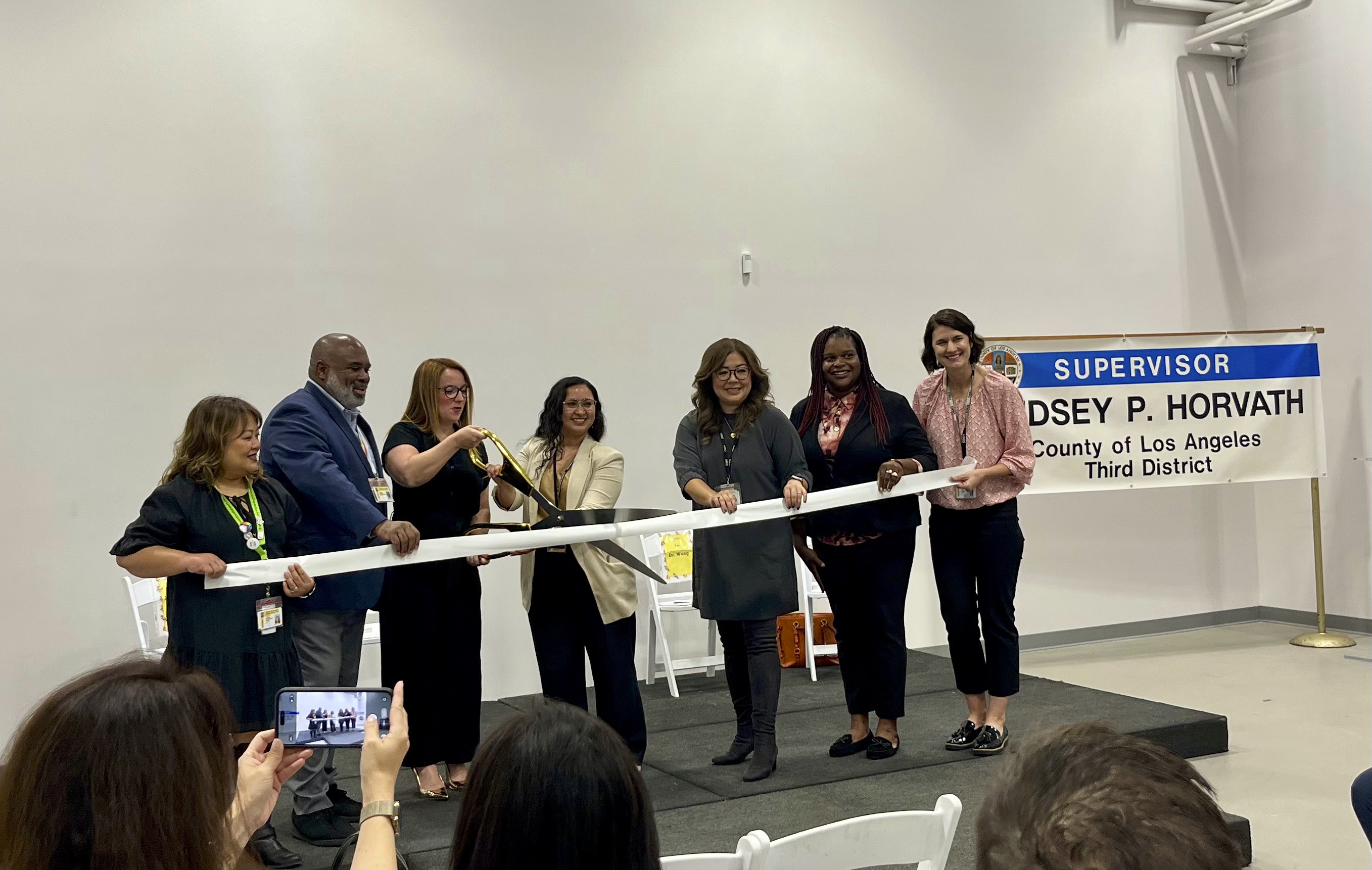Homeless encampment cleanups do little to change numbers of people on the street, study finds

By Doug Smith
July 24, 2024
Homeless encampment cleanups including Mayor Karen Bass’ Inside Safe program that moves people into motels and hotels have no long-term effect on the number of people living on the streets, a new study by Rand Corp. has found.
Teams of researchers returning monthly to Venice, Hollywood and Skid Row saw reductions in the immediate aftermath of cleanups, but within a month or two, the numbers went back up to the former level.
“We found continuing evidence that local encampment cleanup activities don’t appear to lead to a persistent reduction in the number of unsheltered residents in the area,” said Jason Ward, co-author of the study by Rand’s Center on Housing and Homelessness. “They just tend to move them around and the numbers tend to return in our relatively small area to previous trends pretty quickly.”

One unintended consequence of multiple camp removals in Venice was that the number of people living without any shelter, not even tents, doubled to nearly half the street population.
As homelessness persists as the city’s top social problem, academic researchers are digging deeper into the lives of the unhoused. Rand’s report was one of three released in July by research groups using teams of street interviewers, mobile phone questionnaires and a massive statewide survey.
Far more than the general population, people living on the streets and in shelters are victimized by violence and discrimination, one report found. A second reported that intimate partner violence is a cause for many women’s homelessness while, conversely, fear of homelessness leaves others in violent homes.
In the three Los Angeles neighborhoods examined in the Rand study, mental and physical health conditions and substance abuse were found to be disproportionately high, suggesting that some of the most vulnerable are slipping through the cracks of a system that is supposed to prioritize them for housing.
Against that backdrop, several trends were moving in the right direction in Hollywood, where the Los Angeles County Department of Mental Health is working with a coalition of community groups on a project called Hollywood 2.0 to provide comprehensive, community-based care and services to people experiencing mental illness and homelessness.
“It came out over and over: shorter time on street, more frequent engagements with service providers, highest rate of street medicine engagement,” Ward said. “It really shows an area where it seemed like a lot of relatively effective things are going on.”
CLICK HERE to read the rest of the article.



.svg)



